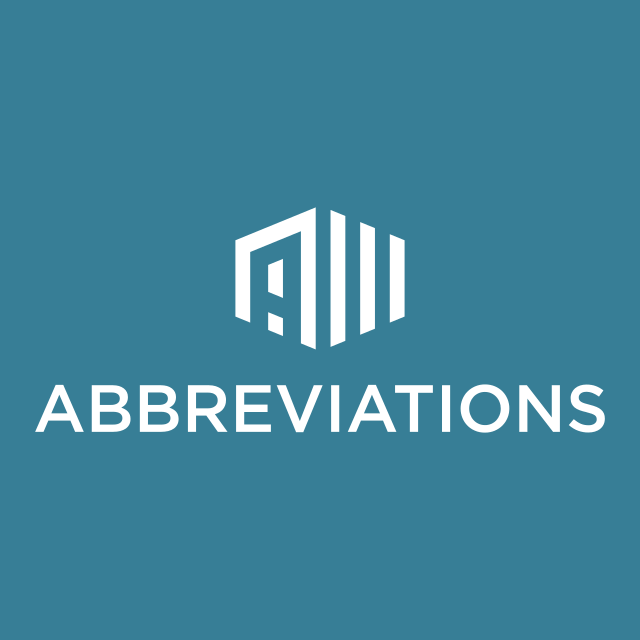We've got 8 shorthands for jazz music »
Acronyms that contain the term jazz music
What does jazz music mean? This page is about the various possible meanings of the acronym, abbreviation, shorthand or slang term: jazz music.
Possible matching categories:
Filter by:
Sort by:PopularityAlphabeticallyCategory
| Term | Definition | Rating |
|---|---|---|
| MUJ | MUsic Jazz studies | |
| JMT | Jazz Music Today | |
| JMY | Jazz Music Yesterday | |
| MSJ | Music Studio and Jazz | |
| IJF | International Jazz Festival Prague (Prague, Czech Republic; annual jazz music festival) | |
| IJF | International Jazz Festival Prague (Prague, Czech Republic; annual jazz music festival) | |
| IJF | International Jazz Festival Prague (Prague, Czech Republic; annual jazz music festival) | |
| IJF | International Jazz Festival Prague (Prague, Czech Republic; annual jazz music festival) |
What does jazz music mean?
- Jazz music
- Jazz is a music genre that originated in the African-American communities of New Orleans, Louisiana, in the late 19th and early 20th centuries, with its roots in blues and ragtime. Since the 1920s Jazz Age, it has been recognized as a major form of musical expression in traditional and popular music. Jazz is characterized by swing and blue notes, complex chords, call and response vocals, polyrhythms and improvisation. Jazz has roots in European harmony and African rhythmic rituals.As jazz spread around the world, it drew on national, regional, and local musical cultures, which gave rise to different styles. New Orleans jazz began in the early 1910s, combining earlier brass band marches, French quadrilles, biguine, ragtime and blues with collective polyphonic improvisation. But jazz did not begin as a single musical tradition in New Orleans or elsewhere. In the 1930s, arranged dance-oriented swing big bands, Kansas City jazz (a hard-swinging, bluesy, improvisational style), and gypsy jazz (a style that emphasized musette waltzes) were the prominent styles. Bebop emerged in the 1940s, shifting jazz from danceable popular music toward a more challenging "musician's music" which was played at faster tempos and used more chord-based improvisation. Cool jazz developed near the end of the 1940s, introducing calmer, smoother sounds and long, linear melodic lines.The mid-1950s saw the emergence of hard bop, which introduced influences from rhythm and blues, gospel, and blues to small groups and particularly to saxophone and piano. Modal jazz developed in the late 1950s, using the mode, or musical scale, as the basis of musical structure and improvisation, as did free jazz, which explored playing without regular meter, beat and formal structures. Jazz-rock fusion appeared in the late 1960s and early 1970s, combining jazz improvisation with rock music's rhythms, electric instruments, and highly amplified stage sound. In the early 1980s, a commercial form of jazz fusion called smooth jazz became successful, garnering significant radio airplay. Other styles and genres abound in the 21st century, such as Latin and Afro-Cuban jazz.
Know what is jazz music? Got another good explanation for jazz music? Don't keep it to yourself!
Still can't find the acronym definition you were looking for? Use our Power Search technology to look for more unique definitions from across the web!
Citation
Use the citation options below to add these abbreviations to your bibliography.
Style:MLAChicagoAPA
"jazz music." Abbreviations.com. STANDS4 LLC, 2024. Web. 24 Nov. 2024. <https://www.abbreviations.com/jazz%20music>.



Discuss these jazz music abbreviations with the community:
Report Comment
We're doing our best to make sure our content is useful, accurate and safe.
If by any chance you spot an inappropriate comment while navigating through our website please use this form to let us know, and we'll take care of it shortly.
Attachment
You need to be logged in to favorite.
Log In